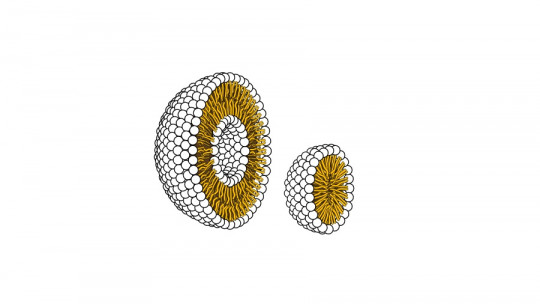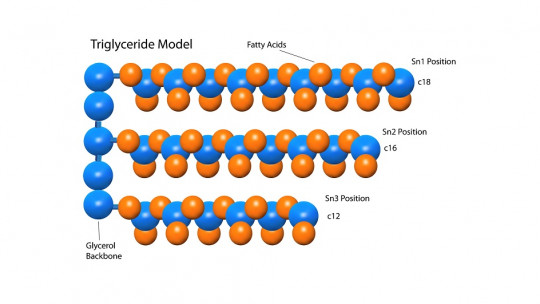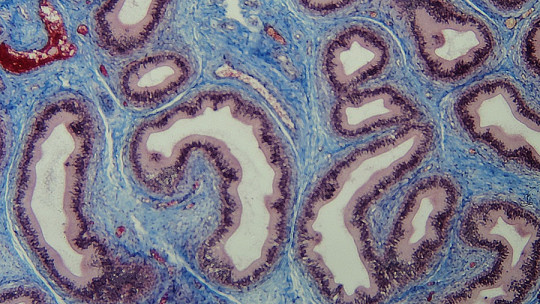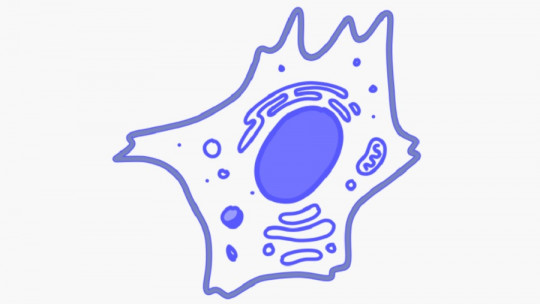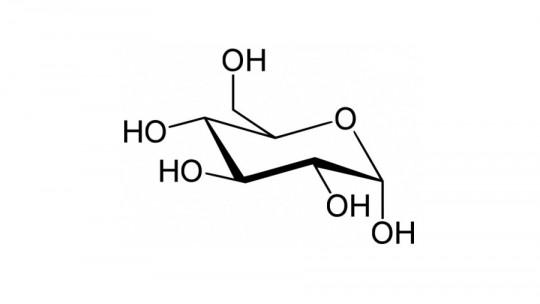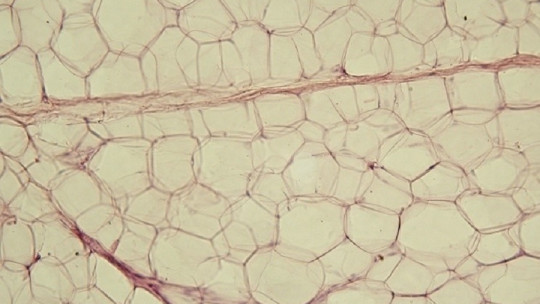
From a biochemical point of view, fat encompasses several types of lipids, organic molecules made up mainly of carbon and hydrogen, whose function is usually the storage of energy in living beings. Lipids, generally in the form of triacylglycerols, have a very high caloric content (10 kcal/gram). Therefore, they are a compact and excellent way to store energy for times of stress and exercise.
According to the World Health Organization (WHO), dietary fat intake should not exceed 30% of the total amount of organic matter ingested. For its part, the percentage of carbohydrates should range from 55-60% and proteins from 15%. Contrary to what is said in popular culture, fats are not bad: on the contrary, they help us function in times when resources are scarce, both for humans and other animals.
Moving away a little from dietary concepts, today we come to show you some of the most important characteristics of human adipose tissue We tell you that these go far beyond energy storage, so it’s best not to take anything for granted.
What is adipose tissue?
Adipose tissue is a type of tissue made up of cells called adipocytes, where a large amount of energy is stored in the form of fat This cellular organization is responsible for many functions, however, an excess of this tissue can cause serious health problems. It is generally associated with the work of energy storage, but it also produces a large number of peptides and factors of both endocrine and paracrine function.
In healthy individuals, adipose tissue accounts for between 10 and 30% of the total mass, depending on Body Mass Index (BMI), ethnicity, gender and other factors. In patients who are morbidly obese, the percentage of fat can reach up to 80% of their weight. When a person moves within these values, the risks of ischemic heart disease, gastric cancer, accelerated cellular aging and many other pathologies multiply.
Adipose tissue is made up of many cells. Adipocytes are the dominant and main bodies, as they represent 80-90% of the total tissue volume and 60-70% of the total number of cells (in terms of numbers). Looking at the ultrastructure of this tissue, we will see that adipose tissue is approximately 18% water, 80% triglycerides (fats) and approximately 2% proteins. In obese subjects, the water content decreases and fats occupy a greater fraction of the total.
Adipocytes and their relationship with weight
As their name indicates, adipocytes are the cell types that characterize adipose tissue. Before continuing with more complex terminologies, it is necessary to dedicate a few lines only to these characteristic cell bodies. We are before rounded cells with about 10-200 microns in diameter, whose internal content is represented by 95% lipid components
Very interesting studies have explored the idea that, from the age of 20, the number of human adipocytes remains practically constant even if weight is lost. Obesity and overweight are due to 2 main events at the cellular level: the increase in the size of existing adipocytes (hypertrophy) and the increase in the number of existing adipocytes (hyperplasia). The prevalence of one process or another depends greatly on age.
Until 2008, it was believed that adipocytes newly synthesized during weight gain were lost when losing weight. However, it seems that the cell number is constant during adult life: what varies is the diameter and the amount of fat stored in each adipocyte, not the number of them. Interesting, right?
Types of adipose tissue in humans
In the human body, lipids are stored in 2 types of adipose tissue: white and brown. We tell you its particularities in the following lines.
1. White adipose tissue (WAT)
Its main location is in the subcutaneous, abdominal, inguinal, perinephric (around the kidneys), retroperitoneal, gonadal, around organs and in other physiological places in a dispersed manner. The TAB is the body’s main energy reserve tissue and, in addition, it is attributed the functionality of protecting many vital organs and structures from mechanical injuries.
This type of tissue is called “unilocular”, since each adipocyte has a single drop of fat, which occupies the vast majority of its cytoplasm In any case, this characteristic is not immovable, since sometimes very well-fed animals can present multilocular white adipocytes during their development, although the fat droplets will merge into one when they mature. Both the nucleus and the rest of the cytoplasmic components occupy a thin peripheral space, close to the plasma membrane.
Historically, it was believed that the WAT was a poorly active tissue, but research has shown in recent decades that it is a highly dynamic cellular conglomerate, as it secretes numerous factors, not only lipids but also proteins. Without going any further, it has been detected that white adipose tissue secretes steroid hormones, so it is considered an essential component of the human endocrine system.
The molecules synthesized in this tissue are called adipokines An example of these is leptin, synthesized almost exclusively in adipocytes, although it is also expressed in the hypothalamus, ovary and placenta. Among many other functions, this hormone affects food intake in humans, acting on the central nervous system (CNS). Other adipokines, less known but equally important, are resistin and adiponectin.
2. Brown or brown adipose tissue (TAM)
For biology enthusiasts, this type of tissue may be familiar to you, since it is abundant in hibernating mammals. During this delicate period of physiological “break”, brown fat is responsible for thermogenesis, or in other words, the production of heat in response to abnormally cold temperatures Since the rest of the animal’s metabolism is stopped (except for vital functions), the energy has to come out in dribs and drabs from specialized tissues, like this one.
Human beings also present it, but mainly in the neonatal stage, during breastfeeding and in very young children. The proportion of this tissue decreases markedly after 8 weeks of life, until it amounts to 1% of the individual’s total mass. Brown adipose tissue is found in the axillary, perineal, paravertebral, and cervical areas, scattered in arteries and around organs.
Brown fat is made up of adipocytes that contain several lipid droplets, that is, it is multilocular. These are smaller than those that make up white fat and, in addition, have a brownish tone when dry (hence their name). It is striking to know that this tone is due to the abundant presence of mitochondria in the cytoplasm, something in line with their function of burning energy and producing heat.
It is also curious to report that, in studied mammals, The appearance of brown adipose tissue varies based on environmental conditions When the specimens are at temperate temperatures and have a wide availability of food, the adipocytes look very similar to those present in white fat. On the other hand, when the animal is deprived of food and the weather becomes inclement, they once again adopt their natural “cluster” shape, with multiple well-differentiated drops of fat inside.
Summary
As you may have seen, adipose tissue goes far beyond storing energy in the form of fat, both in humans and in other animals. It also has an important endocrine function (since it synthesizes and releases hormones that act on other organs), promotes thermogenesis and survival in times of need (the case of brown fat in mammals) and protects organs from mechanical damage, among others. many other things.
Fat is not bad in itself, because without it, mammals could not live. The problem arises when many more calories than necessary are ingested and, therefore, the adipocytes increase in size and generate overweight or obesity.

